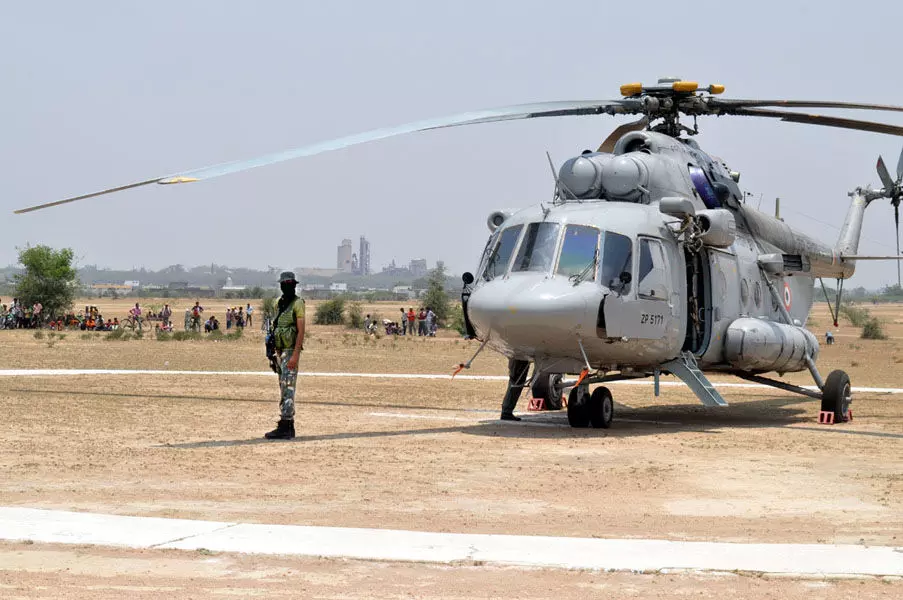From gun-running to civil aviation: Nizam-era airstrips in Telangana set for revival
The two aerodromes, as well as the third one located at Bidar in present-day Karnataka, were used for flying in arms and ammunition for the Nizam’s forces
By S. Harpal Singh
From gun-running to civil aviation: Nizam-era airstrips in Telangana set for revival
Adilabad: The Nizam-era airstrips at Adilabad in Adilabad district and Mamnoor in Warangal district do look like desolate places.
These vast stretches of open land, however, were not as quiet during the time immediately preceding the accession of the princely State of Hyderabad to the Indian Union in 1948.
The two aerodromes, as well as the third one located at Bidar in present-day Karnataka, were used for flying in arms and ammunition for the Nizam’s forces.
Records suggest that a pilot from Australia had done the gun running during those tumultuous times in the hope that the Nizam’s 25,000 strong army would be able to repulse the mighty Indian army in case of an attack.
Spread over a few hundred acres, the aerodromes, which are mute witnesses to a brief but curious phase of history, are currently in the news as the Central and State governments have moved forward to develop them as small yet proper civilian transport airports under the regional airports development scheme.
In fact, the Telangana State government has released over Rs. 200 crore to the Warangal entity for the acquisition of land required to develop the runway as well as other facilities.
The Nizam of Hyderabad constructed three aerodromes, the third one being the airstrip in Bidar during the first half of the 1930 decade, apparently to be used as a refueling station for Britain’s Royal Air Force during WWII. (Bidar aerodrome has since been developed as a civilian airport attached to Indian Air Force station).
In his book The Last Nizam, published in 2006, author John Zubrzycki briefly takes readers through that time. He mentions the mysterious character Sydney Cotton from Queensland, Australia, a skilled pilot who flew combat missions over Germany in WWI before he started his stint as a ‘gun runner’ for the Nizam.
Cotton purchased five second-hand Lancaster bombers and converted them into civilian aircraft for 5,000 Pounds each. He also recruited eight 3-man crews to help him out in his operations.
According to Zubrzycki, the Commander in Chief of the Hyderabad State Army, Syed Ahmed El-Edroos gave Cotton a letter to Pakistani officials in Karachi to assist Cotton in landing his aircraft. The flights carrying arms and ammunition from Karachi started on June 4, 1948.
The book says that the converted Lancasters were said to have landed at Bidar, Warangal and Adilabad after taking off from Karachi. There is also the mention of the Nizam toying with the idea of purchasing Goa from Portugal in 1947 to procure a seaport. It is said that Cotton’s flights, invariably nighttime sorties, from Karachi first entered Goan airspace before crossing into Indian airspace.
The nighttime landings were made possible by plane spotters and workers carrying flares. The latter would illuminate the runway with kerosene flares once they heard the sound of approaching aircraft.
The one-room structure at Adilabad was apparently meant to store fuel and the paraphernalia used by the ‘ground force’ were intact until a few years back. After accession, the 369-acre aerodome at Adilabad became a property of the Indian Air Force which, according to sources, is also keen to develop it as a full-fledged Air Force Station.